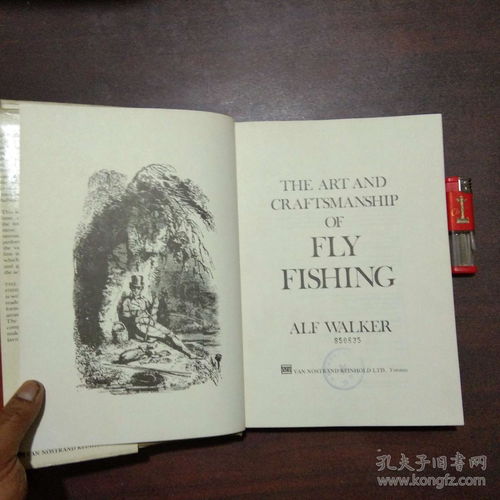Introduction:

Fly fishing, an art form that combines patience, skill, and a deep connection with nature, requires a keen understanding of various techniques to be successful. One such crucial skill is the art of adjusting the bait or fly, commonly referred to as "tuning the float." This article delves into simple yet effective techniques to help you master the art of bait adjustment in fly fishing.
Understanding the Basics:
Before diving into the specifics of bait adjustment, it's essential to understand the basic components involved. The most common setup consists of a fishing rod, line, leader, tippet, and the fly or bait. The float, also known as the indicator, is a critical component that helps you detect when the bait has been bitten.
Selecting the Right Float:
The first step in tuning your float is to choose the right one for the conditions. A float should be large enough to be visible but not so large that it hinders your casting. For slower currents or still waters, a smaller float is preferable, while larger floats are better for faster-moving streams or rivers.
Properly Attaching the Float:
To attach the float, you'll need a swivel or a slip-knot. A swivel allows for more movement and reduces tangles, while a slip-knot provides a secure connection that's easy to adjust. Thread the line through the float's eye and tie the knot, ensuring it's tight but not too tight that it restricts the float's movement.
Balancing the Line:
Once the float is attached, it's time to balance the line. This involves adding weight to the line to ensure it sinks at the desired depth. You can use split shot or other sinkers. Start by adding weight to the line and adjust the float until it reaches the desired depth. Too much weight will cause the float to sink too quickly, while too little weight will keep the float too close to the surface.
Adjusting the Depth:
The depth at which you fish can significantly impact your success. To adjust the depth, you can add or remove weight from the line. For deeper water, add more weight, and for shallower water, remove some weight. Remember to check the float's movement regularly to ensure it's still in the correct position.
Sensitivity and Movement:
A well-tuned float should be sensitive to even the slightest movements. Adjust the float so that it can move with the natural currents of the water. If the float is too stiff, it may not detect subtle bites. Conversely, if it's too flexible, it may not remain in the correct position.
Testing and Repeating:
After making adjustments, it's crucial to test the setup. Cast out and observe the float's movement. If it's not behaving as expected, make further adjustments until you achieve the desired result. This process may require some trial and error, but it's essential for mastering the art of bait adjustment.
Maintaining Your Equipment:
Regular maintenance of your fishing equipment is key to successful bait adjustment. Check your line, leader, and tippet for any nicks or frays. Ensure your floats are clean and undamaged. A well-maintained setup will perform better and last longer.
Conclusion:
Tuning the float is a skill that takes practice and patience, but with these simple and effective techniques, you can improve your fly fishing experience. Remember to choose the right float, balance the line, adjust the depth, maintain sensitivity and movement, and test your setup regularly. With time and practice, you'll become a master of bait adjustment, leading to more successful fishing trips and a deeper connection with the water and its inhabitants. Happy fishing!












